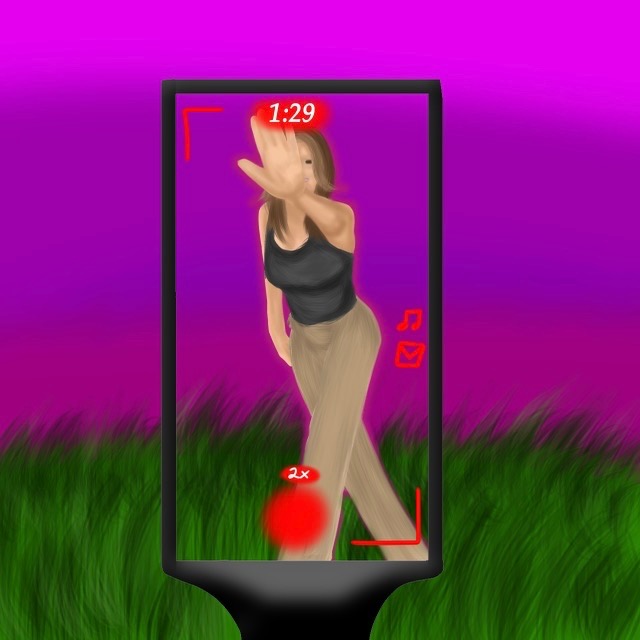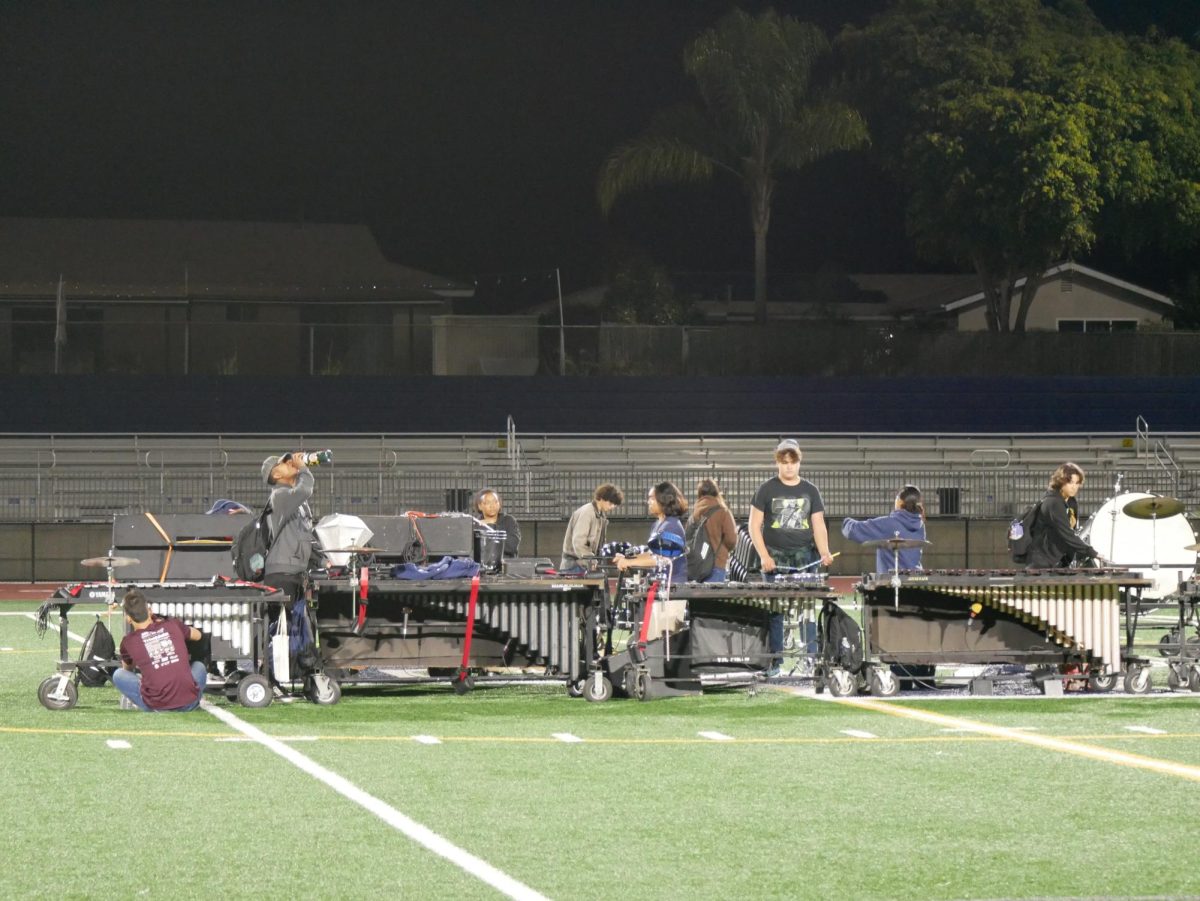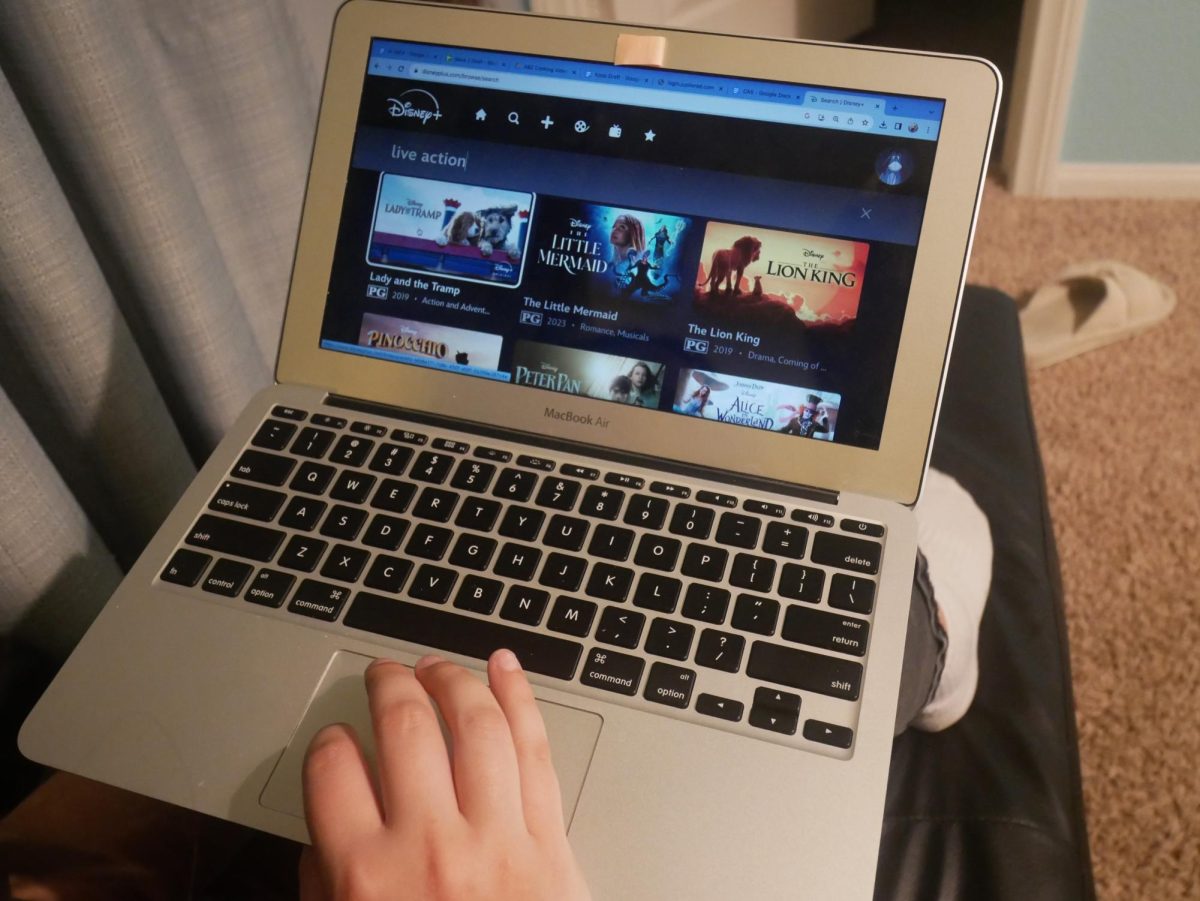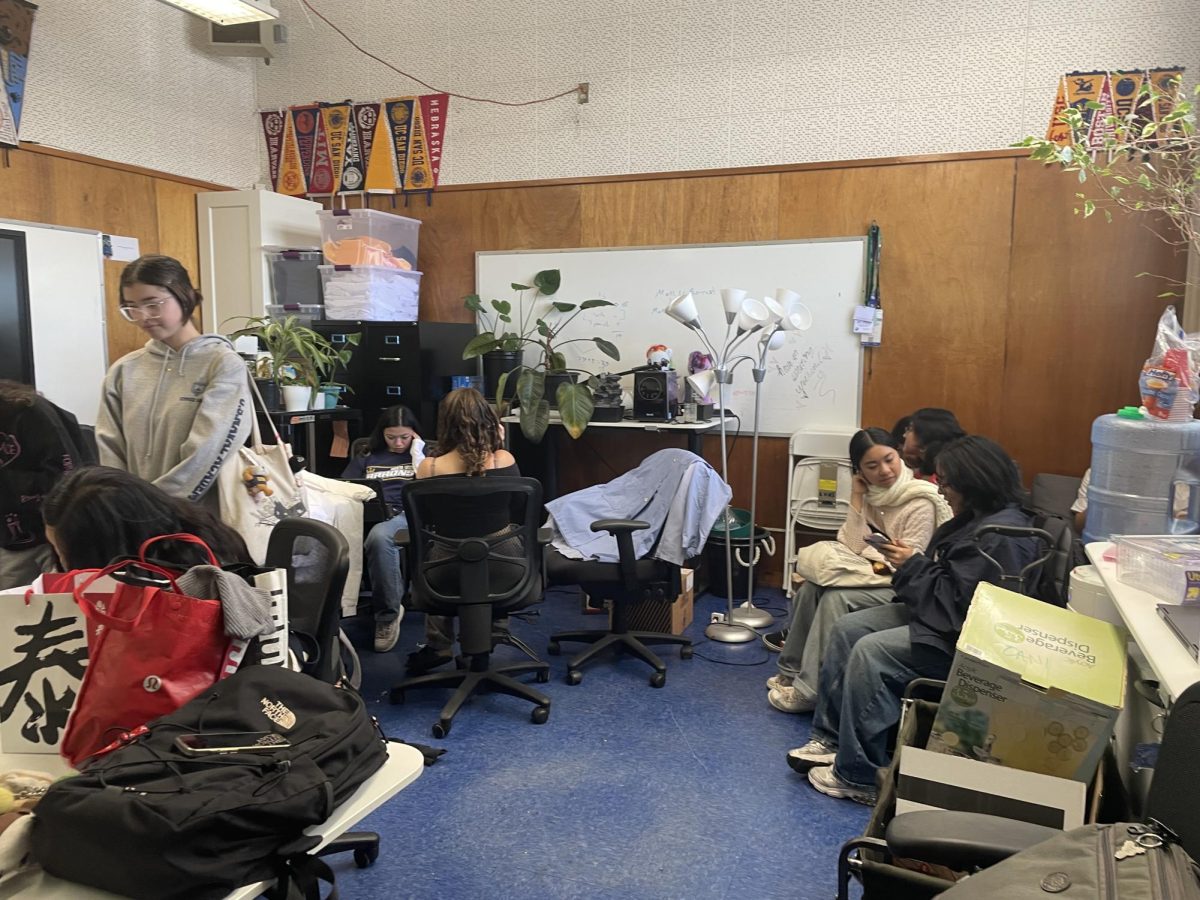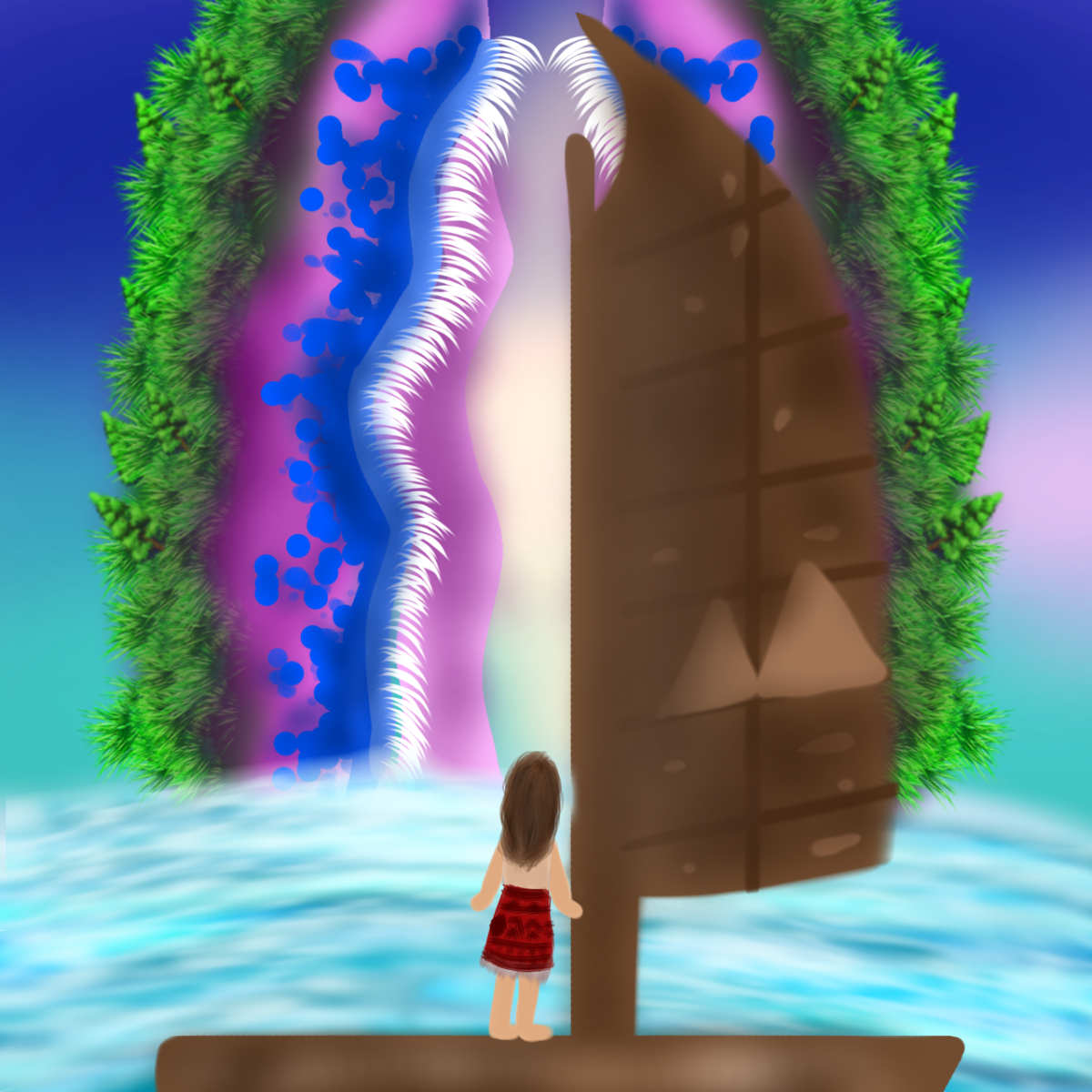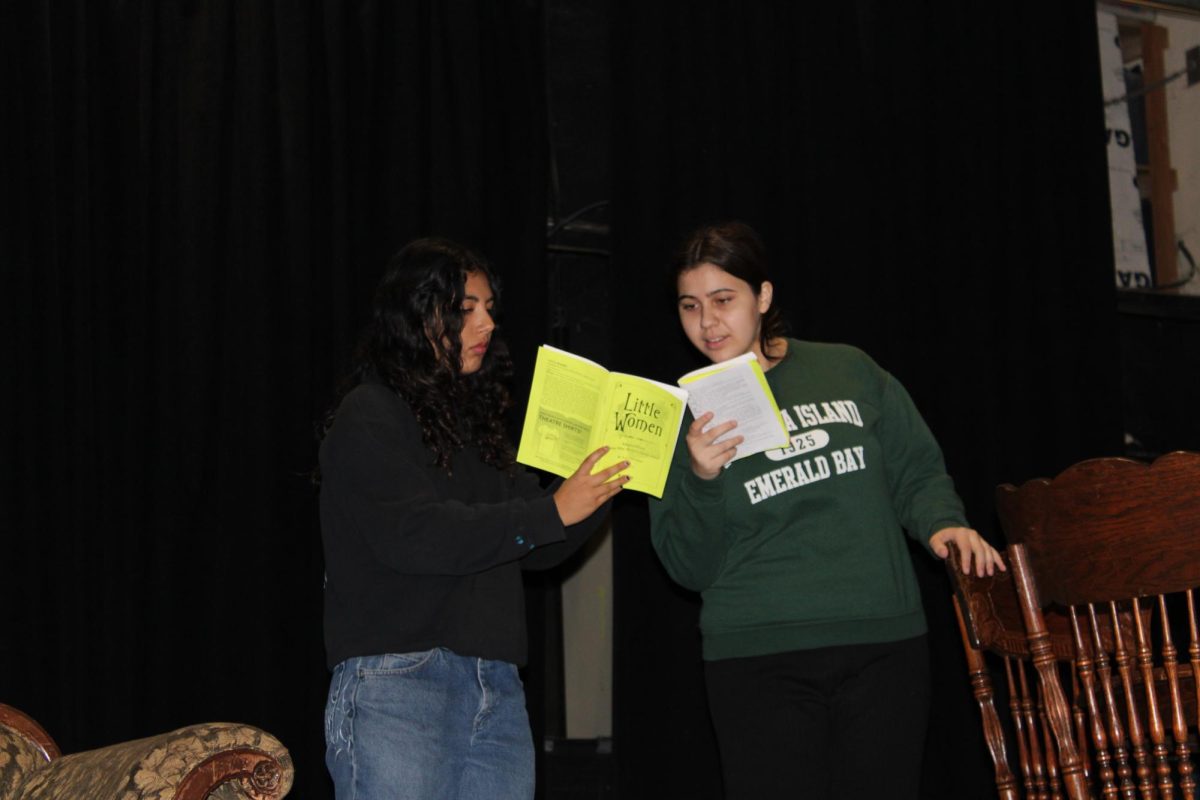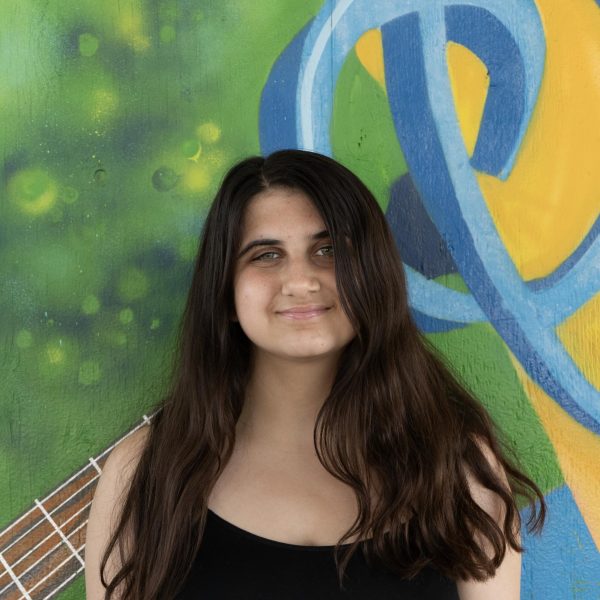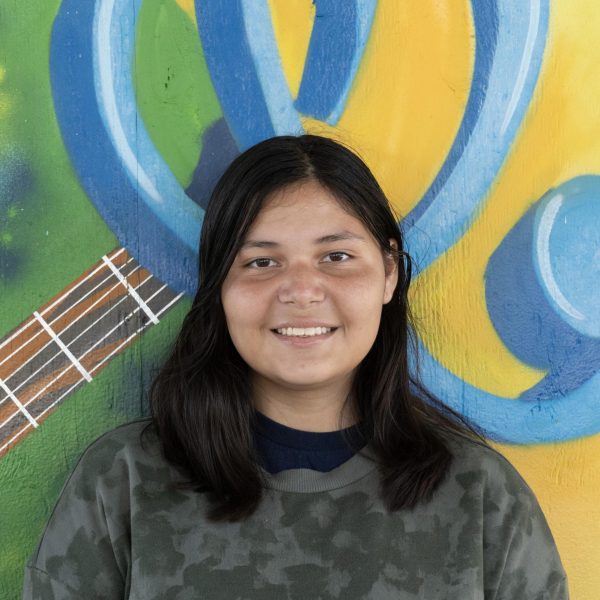Throughout 2024 there have been many dance trends on social media platforms such as TikTok. Trends such as the Too Bad challenge, Training Season (song by Dua Lipa), Hideaway (song by Daya), HOT TO GO (song by Chappell Roan), Gata Only (song by Cris MJ and FloyyMenor) dance and so many more Interactive dances have one thing in common, they unite people all around the world by spreading the influence of a trendy song or a sound by adding movements to it, while also giving people an outlet to express themselves and perform.
Soleil Ekstein, a sophomore at Bonita Vista High School [BVH] has been dancing since she was four years old and has always enjoyed dancing. Ekstein truly believes that combining dance styles is a beneficial way to expand the dance community throughout the world.
“Through social media you are able to see what people are doing in other states, even other countries and through that you are able to mix and combine different things [in dance] syncretically because everything is combining. [For example] hip hop is a mix and contemporary is a mix of ballet and modern. So all the dances combine and create something beautiful,” Ekstein said.
Ekstein is very passionate about dance as an art form and sport, so when trends disrespect the art of dance by people doing stagnate and tiny movements. It makes her feel that dance trends are impacting the dance world negatively by using movements that are overused and redone.
“Sometimes [trends] can put dishonor on dance because dance is not just small movements that you record yourself and post [yourself] doing. That is not all [there is] to dance. Dance is an emotional and social form of communication. So I feel [that although] social media helps promote inspiration and communication between dancers across all platforms, I do think that sometimes it can bring a negative appearance here in the states,” Ekstein said.
Ekstein believes that dance has more to do with emotional and captivating storytelling, rather than doing interactive dances with small movements. This ties into how social media apps may give a watered down connotation to dance in general. Toya Luna, senior at BVH, is new to dancing because she started her freshman year of high school, but is learning the basics from her elders. The more experience she gains, the more she is able to recognize the lacking of basic elements displayed by dance on social media.
“Older dancers have noticed that there is a huge decline of traveling in dance, people are [simply] staying in place and doing movements. They say [this] is largely due to the prominence of TikTok these days. Since when you are doing a TikTok dance the only place you can dance is ‘your stage’ [which is] the little box screen on your phone” Luna said. “[This] is what you are limited to in terms of traveling, meaning you cannot travel at all because that type of dance has become extremely popular. It has influenced a lot of dance in the dance community itself,” Luna said.
Luna gained knowledge from more experienced dancers, which gave her insight on what the online dance community is lacking. While still keeping in mind that there are benefits to social media promoting dance, Luna recognizes both areas of the dance community: dance trends and dance that is rehearsed and/or choreographed. Conveying that the standards of good quality dance should be showcased more often in the media.
“I would say it is neutral in the sense that I do not like how dance is becoming more similar [to most trends] sometimes, but I do like how young people get access to more styles and incorporate them,[into new dances]” Luna said. “[While] across the world we started to share more standards for good quality dance and we have started to share more specific elements [such as culture and movement] that are present in dance styles in one area [of dance specifically].”
Luna acknowledges the power that dance trends have while still understanding the similarities of certain movements being recycled in dances throughout social media. Yet, there are also ways that social media can impact the dance community positivity. Peyton Bongatt, junior at BVH, started dance at three years old and thinks that social media has created a stigma around dance.
“I think [social media dance trends] has both positive and negative effects in the dance community. I think that it is creating a community and sharing what dance does to people who are not as educated on it. However it creates a stigma to what dance is, [which] almost belittles the dance community a little bit,” Bongatt said.
Bongatt believes that social media can educate people on dance. However, it may also create a demographic of dancing where there is a lack of understanding the deeper meaning behind certain movements, which can create a lack of performance value within dancing in general.
“I think that dance is progressing to a place where it is heavily relying on technique and tricks and it is moving away from things like culture and emotional performance which I think is negatively affecting the dance community,” Bongatt said. “In my opinion, dance trends often ignore some of the cultural aspects that should be spoken about and I think it popularizes them to the point that it is not really relevant anymore.”
Bongatt acknowledges that dance trends should focus more on emotional and cultural performance. Social media platforms, however, have been watering down dance to tailor it to the popularity of a song. This makes the dance community feel underestimated by social media. However, dancers also recognize the abilities that social media offers, such as the ability to influence and connect with other dancers. Ekstein emphasizes this by talking about the misconception of dance and how social media can help people understand more of what dance is and or means.
“Dances are really underestimated, a lot of times we [as dancers] are told that dance is not a sport and I feel that social media helps provoke inspiration for other dancers.Then you get to see other people and what they are doing and the dance world is very small. So through social media, through different people dancing, you can connect with others,” Ekstein said.
Ekstein feels that sharing inspiration for dance is really important for the community to evolve and grow, and social media is one of the most efficient ways to grow dance due to the amount of technology young people have access to. Similarly Luna agrees with this assumption because it is easier for people to learn more about dance in general,
“[With] the way dance is getting spread now, it is a lot easier to spread really different styles of dance from literally everywhere, because of the technology we have available. Since it is so easy to video record [dances]in high quality it is really simpler to spread videos of dance,” Luna said. “We used to have to go from place to place, from class to class, studio to studio [etc…] in order to spread different dance styles. But now, everyone can be exposed to every single type of dance that is out there with the technology we have available.”
Luna sees how social media has made it easier for dance to gain popularity and be seen globally. Showcasing new types of dance that may arise throughout the social media algorithm. Ekestein emphasizes the different elements that help grow the dance community
“New styles come out, new moves come out, different phrases come out, new names come out [for dancing]. Dance evolves in many different ways whether it is from new people arising and becoming really good or other stuff like that,” Ekstein said.

